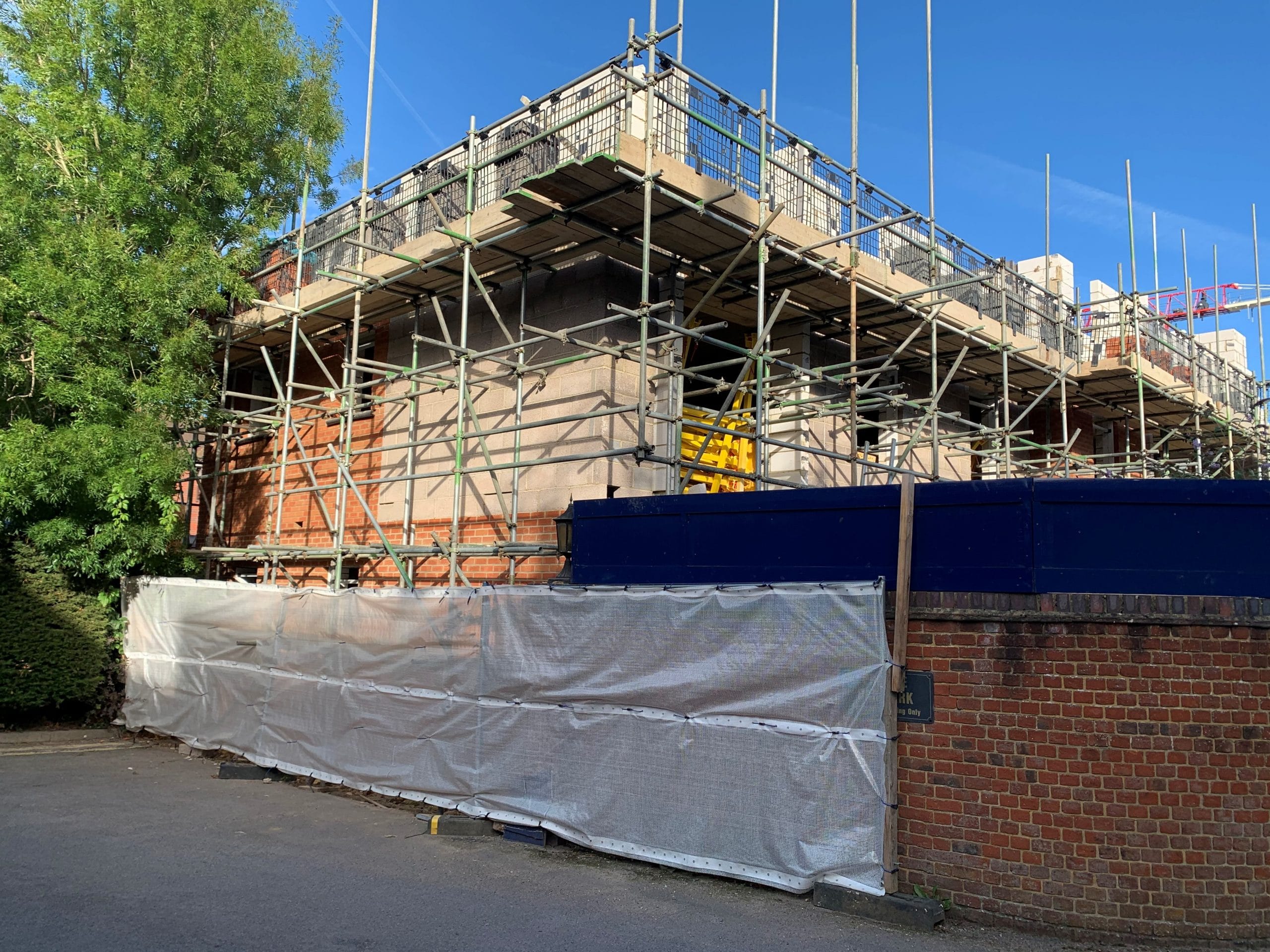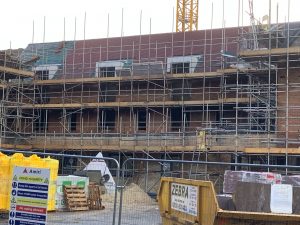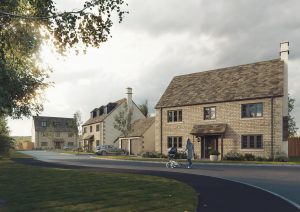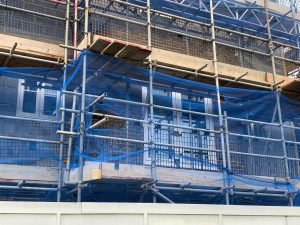Got a dwelling build on the cards? First things first; you need to pass your SAP assessment. Here we’re laying out our top tips to pass your SAP calculation first time.
The Standard Assessment Procedure (SAP) is the means by which the Government assesses and compares the energy and environmental performance of different dwellings. This SAP rating is necessary for anyone working on new residential developments, conversions and even some extensions; it will be used to produce your Predicted Energy Assessment and your On Construction Energy Performance Certificate.
In a world which is increasingly becoming more and more aware of sustainable living (and our individual roles in the bigger picture), you should make achieving as strong a score as possible a priority for your project.
(While you’re here, you can read our 101 guide to SAP assessments).
How can I pass my SAP assessment first time?
So, you know it’s important and you know you need to make it a priority. But, how do you actually achieve an exceptional SAP calculation?
We’re guessing you’re here because you aren’t quite sure what to start. Luckily, that’s where we can help.
As building energy, sustainability and compliance specialists, we know what it takes to pass a SAP calculation with minimal stress.
To get you started, we’ve rounded up our top 10 tips for passing your SAP assessment.
How to improve your SAP score.
- Start the SAP process early
Don’t wait until it’s too late; get the SAP assessment started as early as possible in your design process and make your life easier.
Why? The earlier you gain your SAP calculation, the more options you’ll have to choose from in order to prove compliance with building regulations.
The cost will be far less if you start sooner rather than later; let’s face it – retrospective improvements are not only cost intensive but also time / stress / labour… essentially, avoid at all costs.
- Use low energy lighting
As a minimum, a new build requires 75% of fixed internal lights to be low energy. This could be as simple as using low energy bulbs.
If you can make all internal lights low energy, you can very easily boost your score while implementing a cost effective improvement to your overall design.
- Make sure your fabric is tip top
The majority of heat loss in dwellings comes through the fabric of the build. You can minimise this by lowering your u-values; not sure how to do that? We’ve written a blog all about it.
- Choose high thermal performance windows
High performance windows are designed to keep a dwelling warmer in the winter and cooler in the summer. A high quality, thermal performance window can block up to 70% (or even more!) of solar heat gain, as well as radiating heat back in doors throughout the colder months.
- Ensure your building is as air tight as possible.
The more airtight a building, the better it will perform thermally: it’s a core factor when it comes to your energy efficient design.
Airtightness impacts many areas of a dwelling, and if you can improve all of them you will experience a considerable improvement to your SAP score.
Discover more about the key areas of airtightness.
- Avoid thermal bridging
Thermal bridging refers to the areas of a dwelling where heat flow is different, leading to a path of least resistance when it comes to heat loss.
It occurs when there is a direct connection between the inside and outside of a building; this results in elements of a build being more thermally conductive, causing heat to escape more readily. Thermal briding calculations are used to assed the heat loss through the junction.
It is crucial to avoid thermal bridging, whenever possible. If your property has too many instances of thermal bridging, your SAP assessment will drop.
- Install an efficient boiler
Heating a home accounts for around 55% of what you spend a year on energy bills: that is huge!
However, not only is an inefficient boiler costly, it is also seriously damaging for the environment.
A boiler’s energy efficiency comes down to the percentage of the total energy used by a boiler to deliver heating. Overall, modern boilers are more efficient as they are all condensing boilers, meaning they have a larger heat exchanger and can recover more heat, sending cooler gases up the flue… aka, they are far more eco-friendly.
Spend some time researching the right boiler for your dwelling; this isn’t a decision to rush.
- Consider heating controls
Most dwellings will require a minimum of either a programmer, thermostat and thermostat radiator valves in order to meet building regulations. However, if you are designing a larger property, you may want to consider adding a time and temperature zone control.
Advanced controls could include a delayed start thermostat or a weather / load compensator: both will work wonders for your SAP assessment.
- Use a Waste Water Heat Recovery System
Waste water heat recovery systems extract heat from the water when you use your shower and repurpose it to warm the incoming mains water. They can be connected to showers and also showers over baths.
It does this by passing your waste water through a heat exchanger before using it to pre-warm the cold feed of your thermostatic shower.
If this is something that you could add into your dwelling design, figure out the costs and whether it would be worthwhile to boost your SAP score and overall energy performance.
- Use renewable energy
Solar panels, solar thermal, wind turbines and hydro power can all be brought into your SAP calculation. Some dwelling plans will actually require at least one source of renewable energy (for example, if you need special planning permission), but generally it is good practice whatever your circumstances.
In summary
- Start the sap process early
- Use low energy lighting
- Make sure your fabric is tip top
- Ensure your building is air tight as possible
- Choose high thermal performance windows
- Avoid thermal bridging
- Install an efficient boiler
- Consider heating controls
- Use a waste water heat recovery system
- Use renewable energy




















